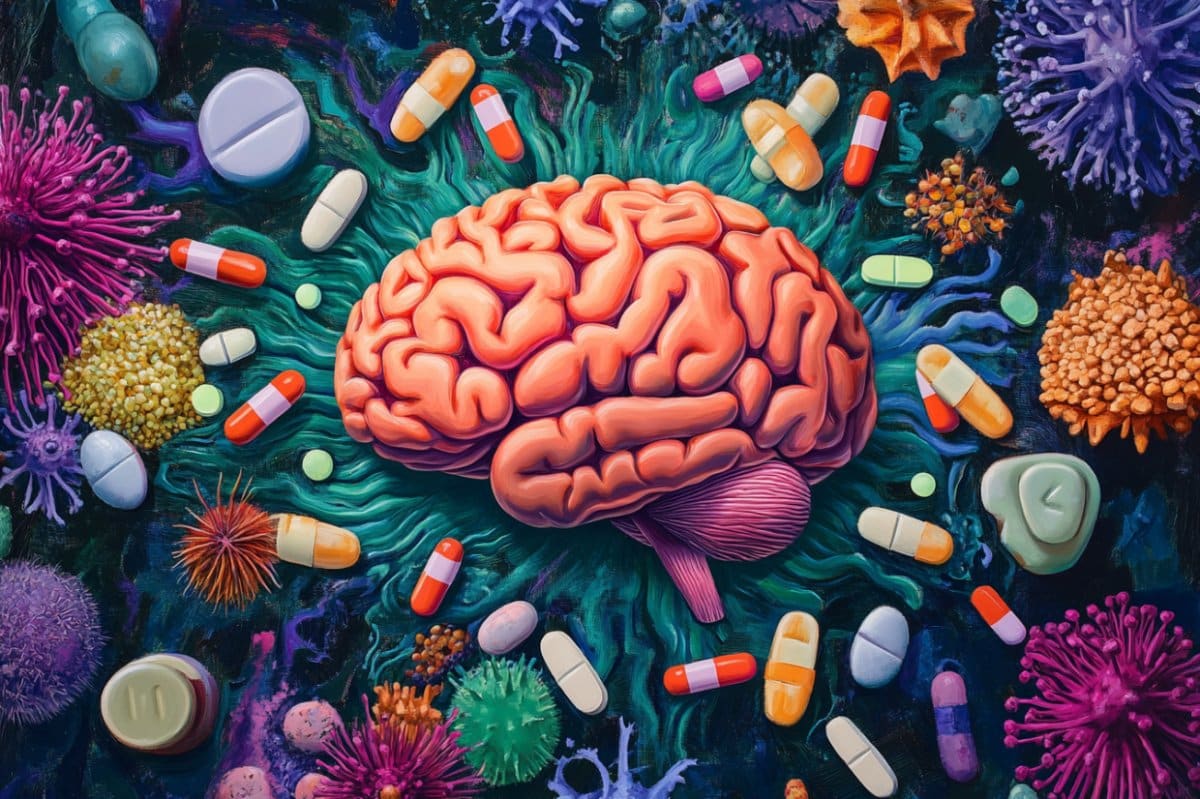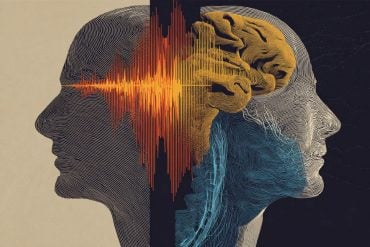Summary: A new study reveals that acetaminophen (Tylenol) relieves pain by reducing levels of an endocannabinoid called 2-AG, rather than increasing it as previously thought. This discovery challenges decades-old assumptions about how pain relief works and may open the door to designing safer, more targeted medications.
Researchers found that Tylenol inhibits an enzyme responsible for producing 2-AG, which activates CB1 receptors—the same receptors involved in the effects of cannabis. Surprisingly, lower 2-AG levels led to less pain, suggesting a more complex role for endocannabinoids in pain signaling.
Key Facts:
- New Mechanism: Tylenol reduces 2-AG, an endocannabinoid, to ease pain.
- Dogma Disrupted: Pain relief may not always stem from activating CB1 receptors.
- Drug Development: Targeting this enzyme could lead to safer alternatives to acetaminophen.
Source: Indiana University
A new study from Indiana University scientists may aid the pharmaceutical industry in better understanding a popular over-the-counter pain reliever: Tylenol.
Michaela Dvorakova, a postdoctoral researcher at IU’s Gill Institute for Neuroscience and the College of Arts and Sciences’ Department of Psychological and Brain Sciences, and Gill Institute research scientist Alex Straiker published the study in Cell Reports Medicine.
Their discovery, which details a previously unknown way the drug targets pain, could change how pharmacologists think about treating pain, and aid in designing safer and more effective pain medications.
The researchers found that acetaminophen inhibits an enzyme that makes one of the endogenous cannabinoids, 2-arachidonoyl glycerol, or 2-AG. Endocannabinoids are produced by the body to activate CB1 receptors, the same receptor that produces the psychoactive effects of cannabis.
Though acetaminophen, also known as Tylenol or paracetamol, is the most common pain and fever reliever in the U.S., how it relieves pain is still a mystery.
“There are hypotheses, but we still don’t know precisely how it works,” Dvorakova said.
“Up until now we thought that elevated endocannabinoids in our body meant less pain, but our study shows that in the case of 2-AG, it might be the opposite. Actually, reduced levels of 2-AG leads to decreased pain.”
In high doses, acetaminophen can be toxic to the liver. Acetaminophen toxicity causes around 500 deaths per year in the U.S. and is the second leading cause of liver transplantation around the world. Due to its wide availability and its combination in other products, more than 60 million Americans consume acetaminophen weekly, making it crucial to understand how it targets pain receptors.
“If you don’t know what the target is, you can’t design an alternative,” Straiker said.
“Our research suggests that this enzyme might be the target, in which case you can start developing drugs that target that specific enzyme but without that toxicity.”
There was skepticism in the research community about a new mechanism of action for acetaminophen, Straiker said. When 50 years of research showed that activating CB1 receptors produced pain relief in the body, scientists settled on that concept.
“It can be hard to break through that dogma,” Straiker said.
Going forward, the research team is looking into evaluating other common pain relievers, like ibuprofen and aspirin, to determine whether they have similar mechanisms of action.
Additional authors of the study include Ken Mackie from IU’s Gill Institute, as well as Taryn Bosquez-Berger, Jenna Billingsley, Natalia Murataeva, Taylor Woodward, Emma Leishman, Anaëlle Zimmowitch, Anne Gibson, Jim Wager-Miller and Heather Bradshaw from the Gill Institute and the Department of Psychological and Brain Sciences; Ruyi Cai, Shangxuan Cai and Yulong Li from the Peking University School of Life Sciences; Tim Ware from Scripps Research Institute; and Ku-Lung Hsu from University of Texas at Austin.
About this pain relief and neuroscience research news
Author: Jaleesa Elliott
Source: Indiana University
Contact: Jaleesa Elliott – Indiana University
Image: The image is credited to Neuroscience News
Original Research: Open access.
“Acetaminophen (Paracetamol) inhibits diacylglycerol lipase synthesis of 2-arachidonoyl glycerol: implications for nociception” by Michaela Dvorakova et al. Cell Reports Medicine
Abstract
Acetaminophen (Paracetamol) inhibits diacylglycerol lipase synthesis of 2-arachidonoyl glycerol: implications for nociception
Acetaminophen (paracetamol) is a common analgesic, but its mechanism of action remains unknown.
Despite causing around 500 deaths annually in the US, safer alternatives have not been developed.
Because endocannabinoids may have a role in acetaminophen action, we examine interactions between the two.
We report that acetaminophen inhibits the activity of diacylglycerol lipase α (DAGLα), but not DAGLβ, decreasing the production of the endocannabinoid 2-arachidonoyl glycerol.
This gives rise to the counterintuitive hypothesis that decreasing endocannabinoid production by DAGLα inhibition may be antinociceptive in certain settings.
Supporting this hypothesis, we find that diacylglycerol lipase (DAGL) inhibition by RHC80267 is antinociceptive in wild-type but not CB1 knockout mice in the hot-plate test.
We propose (1) that activation of DAGLα may exacerbate some forms of nociception and (2) a mechanism for the antinociceptive actions of acetaminophen, whereby acetaminophen inhibits a DAGLα/CB1-based circuit that plays a permissive role in at least one form of nociception.







